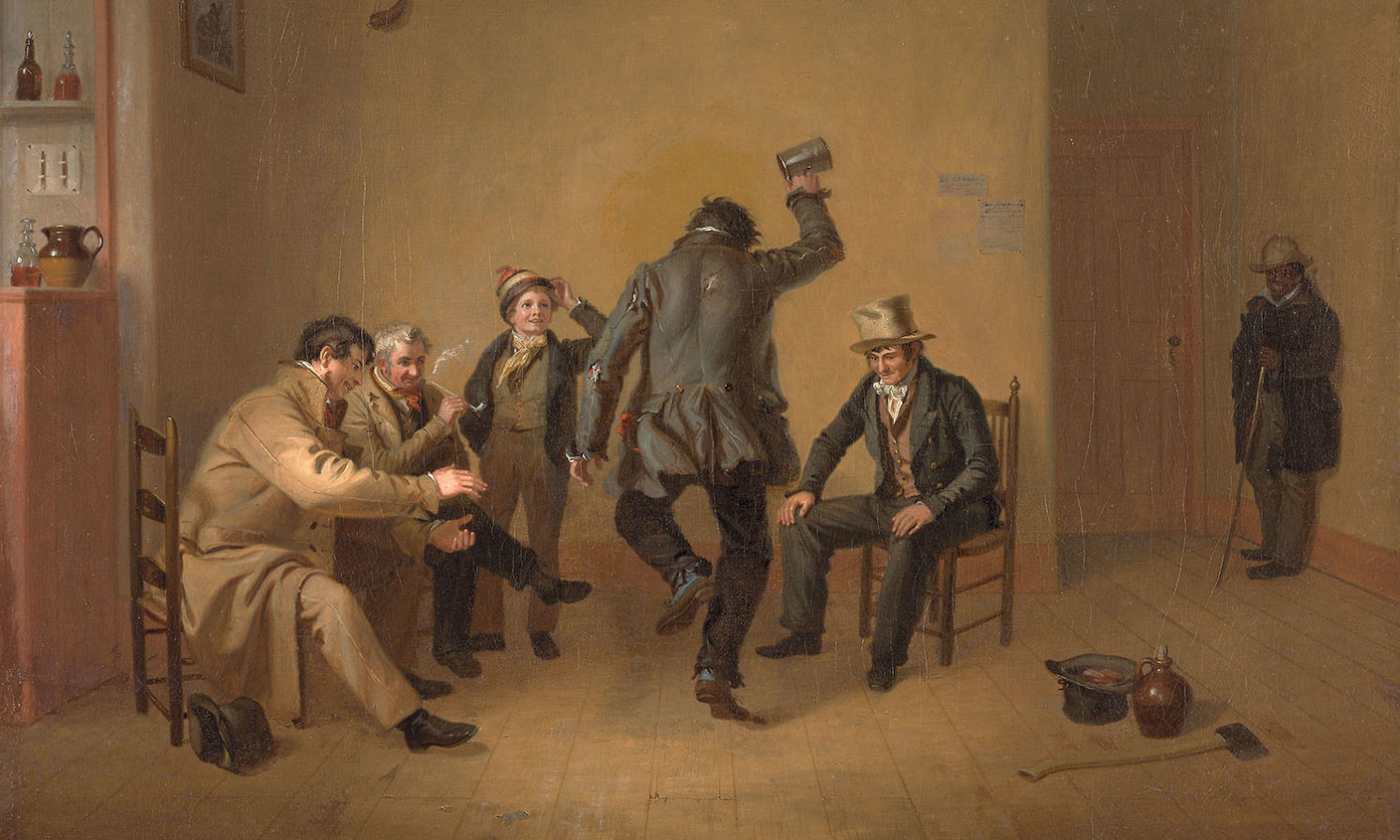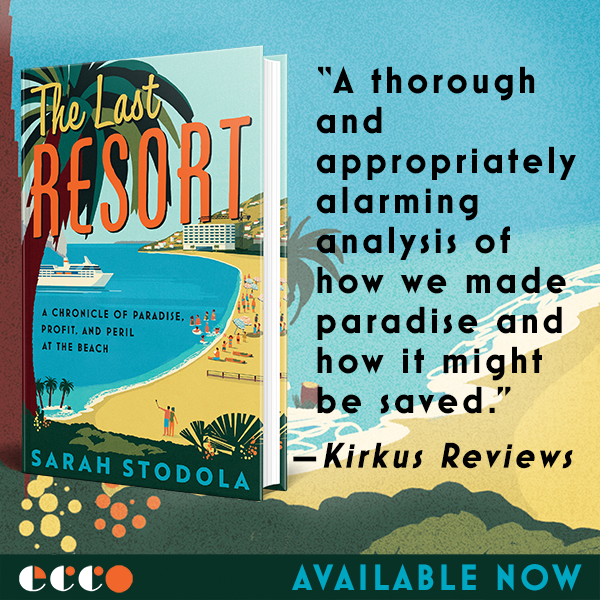Way back when I was too young to legally get into one, I went to my first bar. It bestowed an immediate sense of a door opening, of magic being unleashed. Going forward, I’d sidle up to any one that would have me—a suburban Chicago spot that didn’t start carding until 9pm, a honky-tonk place on the outskirts of Tampa, the bar in my college town where I was friends with the bouncer. Little alternate universes, all of them, with their promise of a realm not yet realized and strictures not yet defined. Where all other physical spaces in my life thus far had operated within longstanding and immutable parameters, a bar could take a person in any of a million directions. It felt like freedom.
When I moved to New York, the freedom swelled. At an age when I was still excited by the prospect of meeting new people, here I had thousands of bars in which to find them on any given evening. I developed go-tos (Union Pool, the Abbey, Employees Only, Lit. I even waited tables in one of them—Fez). In these places and countless others, I struck up countless conversations with strangers in the only setting that truly condones doing so. Over the years I grew up, older, and less starry-eyed about the nightlife scene, as one does. But I continued to love bars for their inextricable zeitgeist-y-ness.
For the better part of the previous decade, the New Yorker magazine captured this inextricability in its Bar Tab feature, tucked into a single column next to the more expansive Tables for Two restaurant reviews. In it, writers profiled a different drinking establishment every week, each representing a distinct angle of New York life.
Shauna Lyon, the magazine’s “Goings on About Town” editor, told me that as the staff redesigned the section in 2013, they looked to expand the New Yorker’s food and drinks coverage. “Craft cocktail culture was on the rise, and lots of new bars were opening. And there were countless established bars, each with its own particular identity,” Lyon says. “So it seemed like a great opportunity to offer a glimpse into these fascinating places, such an essential part of the city’s life and culture.”
Bar Tab’s first entry, in the September 16, 2013 issue, came courtesy of Lyon herself as she profiled the new Center Bar in the Time Warner Center overlooking Columbus Circle and Central Park. It was a decidedly upscale inaugural, but one with a uniquely New York slant—the man who opened it, Michael Lomonaco, had been executive chef at the Windows on the World, atop the World Trade Centers, when they came down on 9/11. He lost 79 members of his staff that day, and was clear on the “tribute aspect” of his new place.
Over time, the column celebrated all kinds of New York bar. “Writers were encouraged to pitch places that caught their interest for whatever reason, including established hotel bars, dingy dive bars, beer halls, dance spots, you name it,” Lyon says.
While the drinks themselves often made appearances, writers more often focused their observational powers on the mood of the place, eavesdropping freely in order to catch that one patron encapsulating its character. “He keeps calling us millenniums,” H.C. Wilentz quotes a young filmmaker observing of the neighborhood old-timer also eating at Ridgewood’s Gottscheer Hall. “The Maroon 5 on the sound system was loud, but not as loud as the vacation-volume howl of bronzed women in their forties, draped on white couches,” Elizabeth Barber writes of the Chelsea rooftop bar Mykonos Blue. “The bartenders are invariably Russian women with ice-blue eyes who manage to convey, with very few words, one message to the after-work happy-hour droves: ‘Don’t fuck with me.’ If you want warmth, drink vodka,” Shauna Lyon writes of Midtown’s Russian Vodka Room.
Shall I go on? Okay. Nicholas Niarchos compares Paul Sevigny’s latest nightspot, Paul’s Casablanca, in Soho, to “an after-party to Malcolm Forbes’s seventieth-birthday party in Tangier, which oddly obsessed glossy-magazine writers for a period in 1989.” “A hollow-cheeked woman with a frosty bob posed for a selfie, sucking the lip of a man who had just downed a Popsicle-hued Tequila Zombie in one smooth arc,” observed Jiayang Fan at Mr. Fong’s, a Chinatown bar “conspicuously lacking in Chinese signage.” At Alan Cumming’s Club Cumming, H.C. Wilentz writes, “Daphne Always, the house drag queen, cast off her dress and glided through the crowd, wearing only chiffon sleeves and satin panties. ‘I took a shot of estrogen today. Doesn’t it show?’ she said, between numbers.”
Reading these columns, I felt seen, even though no one said that yet back then. The New Yorker writers’ bar experiences reflected my own–the joy of sipping three beers over the course of four hours in a dive on a Saturday afternoon, or of happening upon a stranger sitting on the next stool over who is also failing to get through Pynchon’s Gravity’s Rainbow, or of watching some Real Housewives create a commotion at the end of the bar at Bemelman’s, or of reading a book in the corner over a happy hour beer. (These are the things I miss most about life in the Before Times, and those I can’t wait to get back to as soon as this vaccine rollout yields results.)
At their best, Bar Tab columns provided moment-in-time accounts of drinking dens throughout the five boroughs, highlighting the caustic, the ridiculous, the gruff, and the fabulous; a snapshot of people talking the way they talk once their tongues loosen up and letting loose once their inhibitions recede, in a city of intensity and ambition and relentlessly close quarters. In covering it, Bar Tab provided possibly the best record of contemporary life in New York City we’ve had.
Alas, the Bar Tab didn’t last. When Hannah Goldfield came on as a full-time food critic, editors made the decision to end the column in order devote more space on the page to her restaurant reviews. The last entry ran at the end of November 2018, with a review of a bar called the Windmill, which writer Elizabeth Barber described as “vaguely purgatorial.” After this, Bar Tab disappeared with little fanfare into its own vague purgatory. “Perhaps we’ll bring it back one day!” Lyon says.
{Raises glass.} Here’s to hoping.
Feature Image: “Bar-room Scene,” by William Sidney Mount, 1835. The William Owen Goodman and Erna Sawyer Goodman Collection, Art Institute of Chicago.







